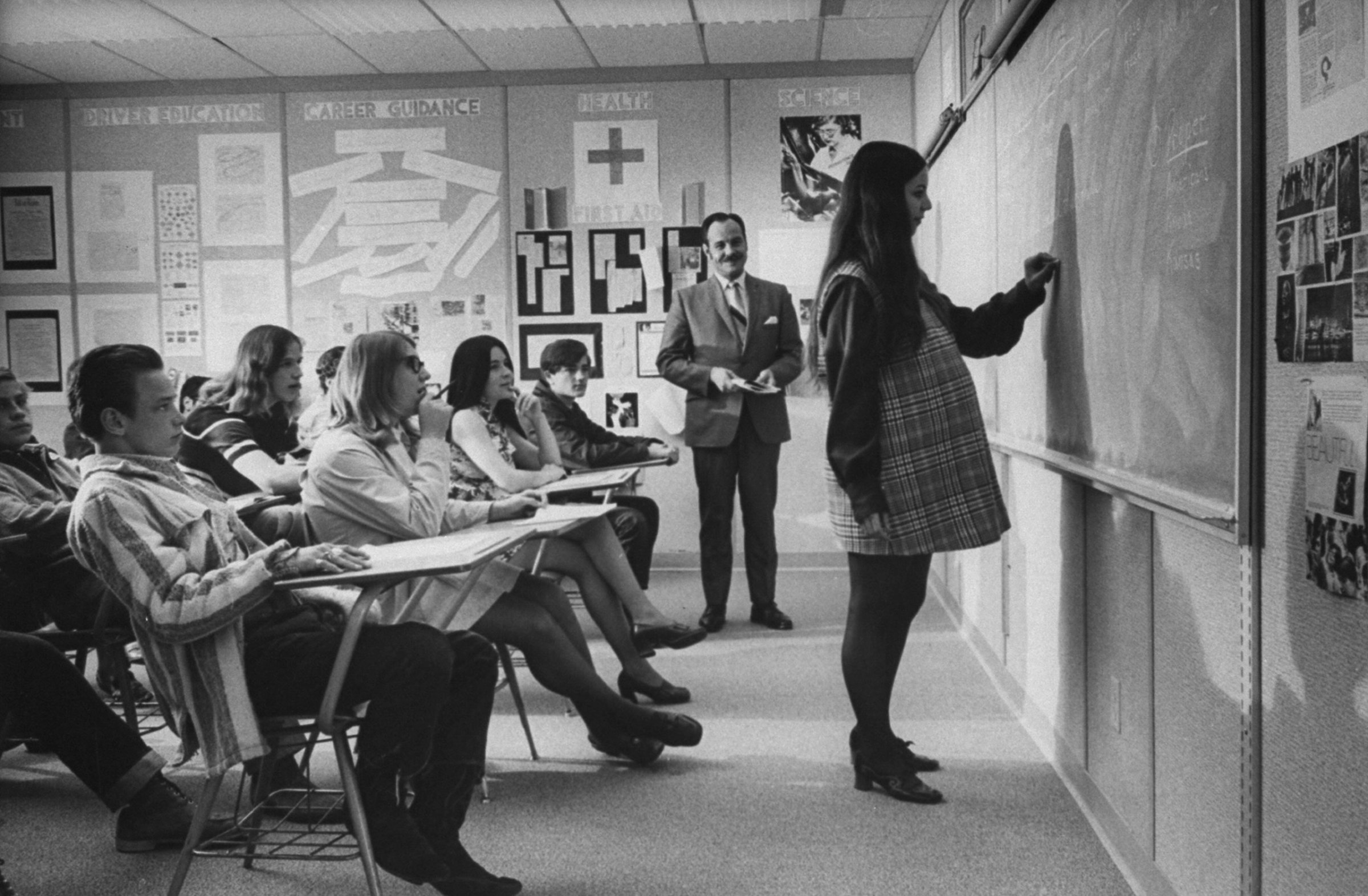
Recent reports indicating that the rates of teen pregnancies across the United States have dropped precipitously over the last few years likely come as a surprise to countless people who might have thought that just the opposite was true. After all, it often feels that all of the news—or all of the discussions, at any rate—around teens center not on positive signs regarding health and behavior, but on dire tales of gun violence, depression, prescription pill abuse and so on.
In light of the recent (largely) good news about teen pregnancy rates in the U.S., LIFE.com looks back four decades, to a remarkable cover story in the April 2, 1971, issue of LIFE magazine titled, “Help for High School Mothers.” The article chronicled the day-to-day lives of teen moms and moms-to-be in the otherwise typical southern California town of Azusa:
In a public high school classroom [the article began], a 16-year-old student, eight months pregnant and unmarried, presents a book report. Her classmates and teacher are unruffled, for the quiet scene is an everyday event at Citrus High in Azusa, Calif.—and elsewhere around the country where educators are taking radical new approach to an old and painful problem. Until a few years ago, the nation’s public schools dealt with teenage pregnancies by expelling the girls or by putting pressure on them to leave. Many humiliated families arranged secret and illegal abortions for their daughters. Others sent them away to “visit relatives” or, if they could afford it, hid them in private nursing homes.
Today the attitude toward high school mothers is changing dramatically. While teenage pregnancy is just as unwanted and undesirable as ever, more and more parents and schools are trying to help the girls put their lives together again instead of ostracizing them. In nearly every major city programs now exist to meet the special educational, medical and psychological needs of teen-age mothers. In almost every case the programs have won strong community support. . . . Many communities provide medical clinics and counseling for the new mothers—who will number an estimated 200,000 this years.
[That said], there are still not enough programs in the country. A recent study concludes that 75 percent of pregnant teen-agers drop out of school. But more and more girls are making the tough decisions to stay in school, for their own good—and for the future of their babies.
A few weeks later, the letters to the editor published in LIFE in response to the story were mostly negative, along the lines of one from a reader in Manitou Springs, Colo., who wrote that “the April 2 cover sets some sort of new dimension of achievement in crass, lurid, inelegant journalistic bad taste. To proffer a picture of this pathetic schoolchild with her grotesque maternity figure over the bold type ‘High School Pregnancy’ simply makes a bad, sad scene.”
The vice-president of a senior high school class in Redondo Beach, Calif., on the other hand, applauded the teen pregnancy program at Citrus Hill, but went to note that he felt “that the LIFE story was done in the epitome of poor taste. The entire tone of the article was such that one would think the greatest way of getting through high school is by having babies.”
Liz Ronk, who edited this gallery, is the Photo Editor for LIFE.com. Follow her on Twitter at @LizabethRonk.
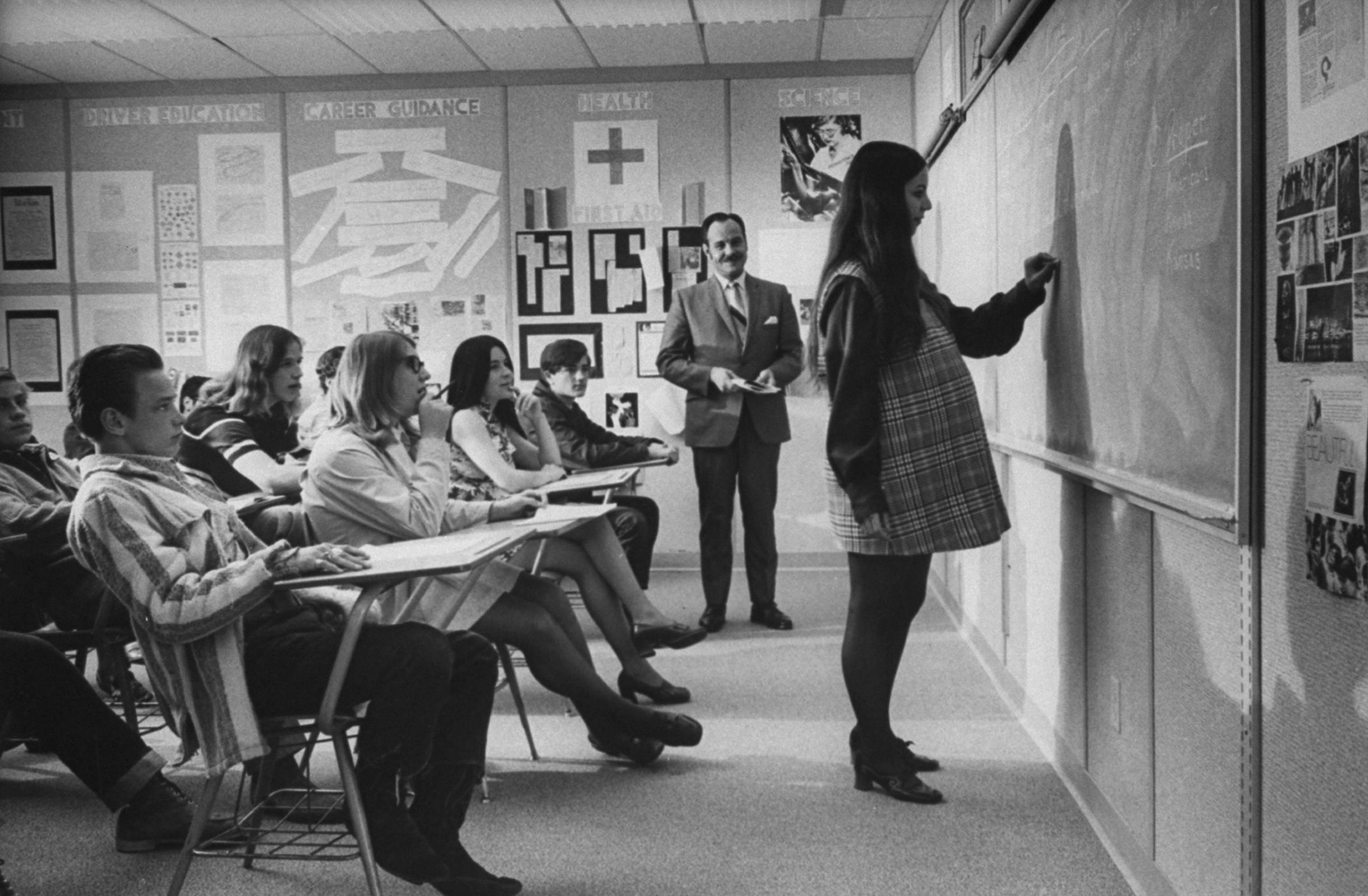
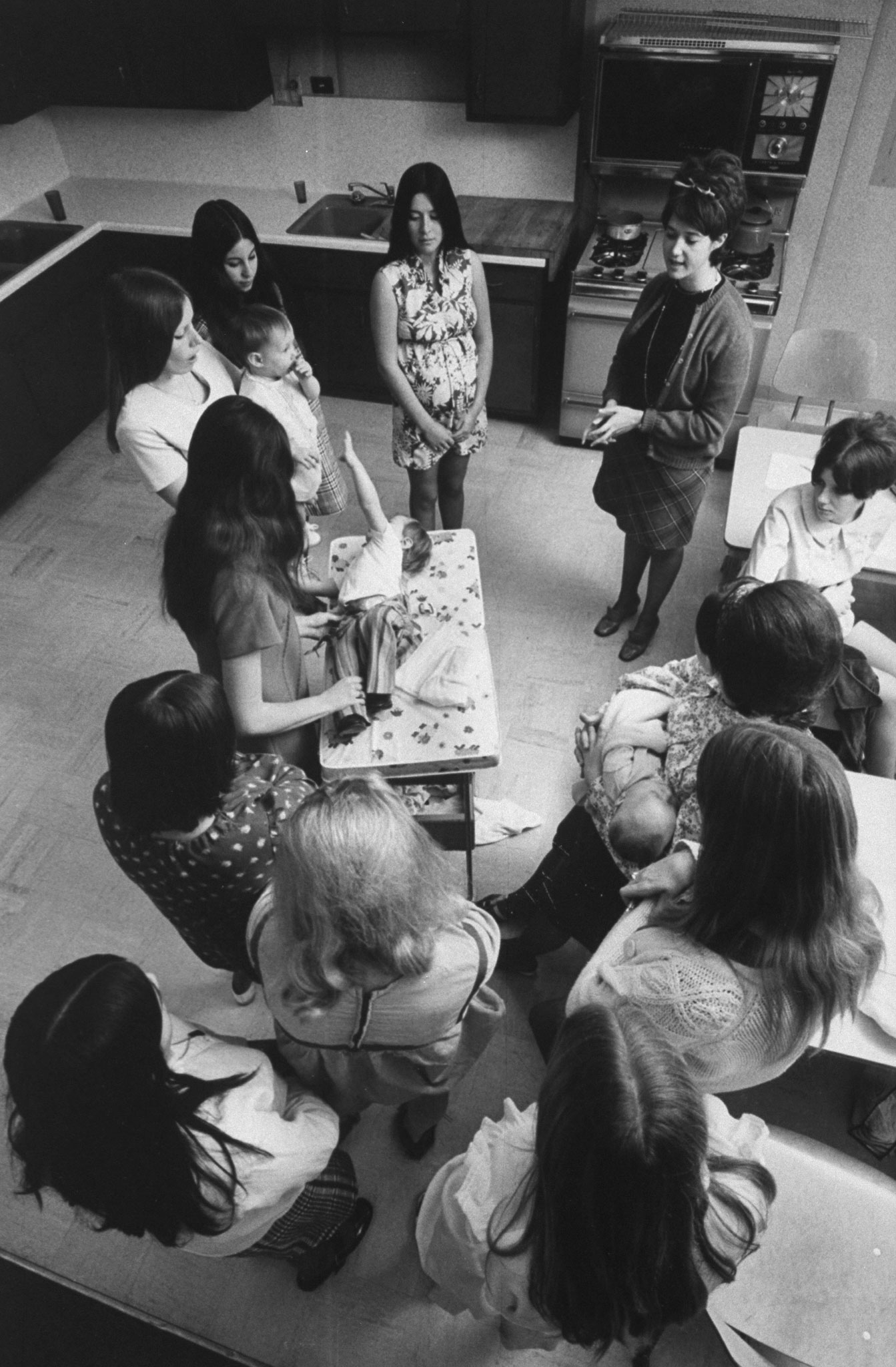
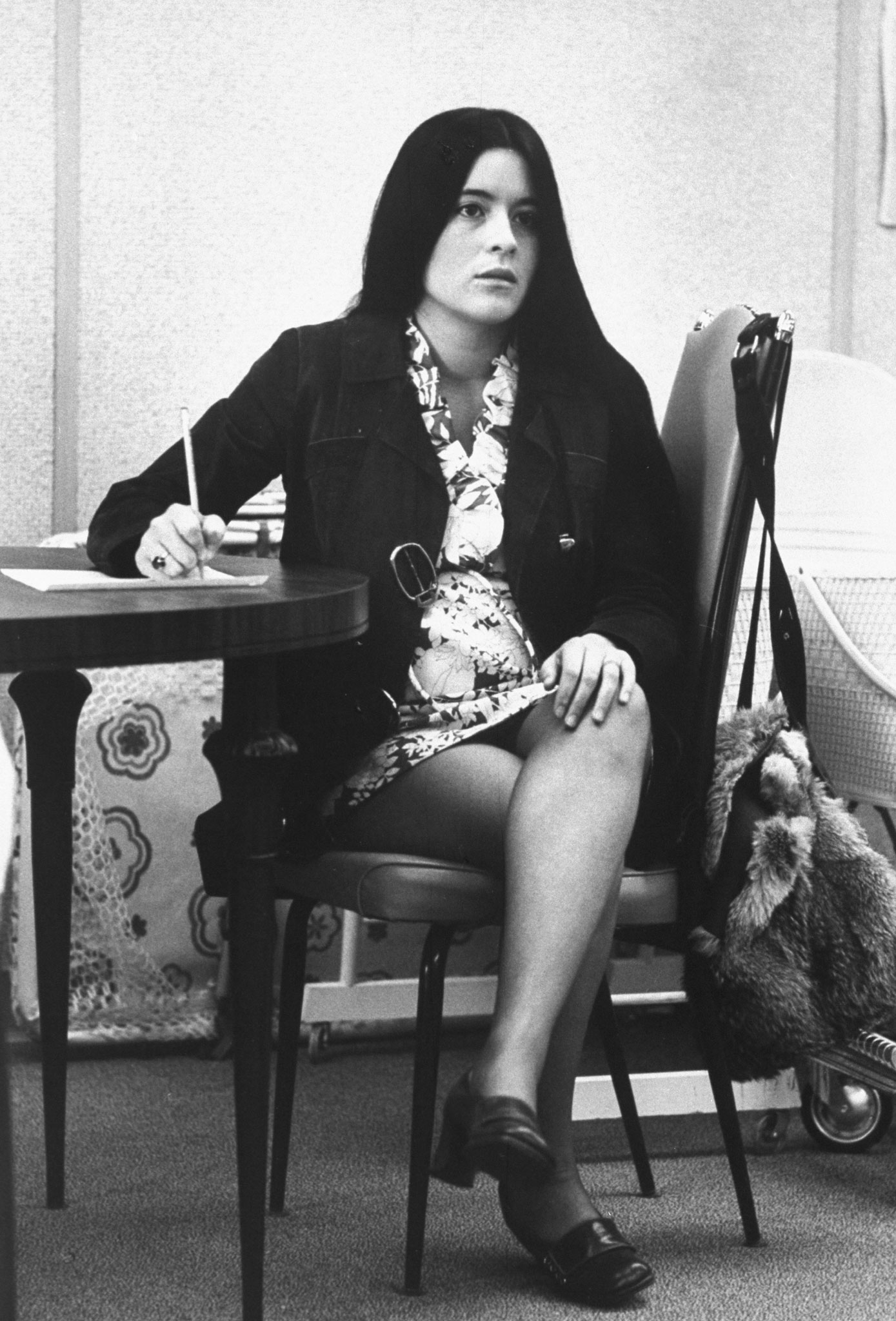


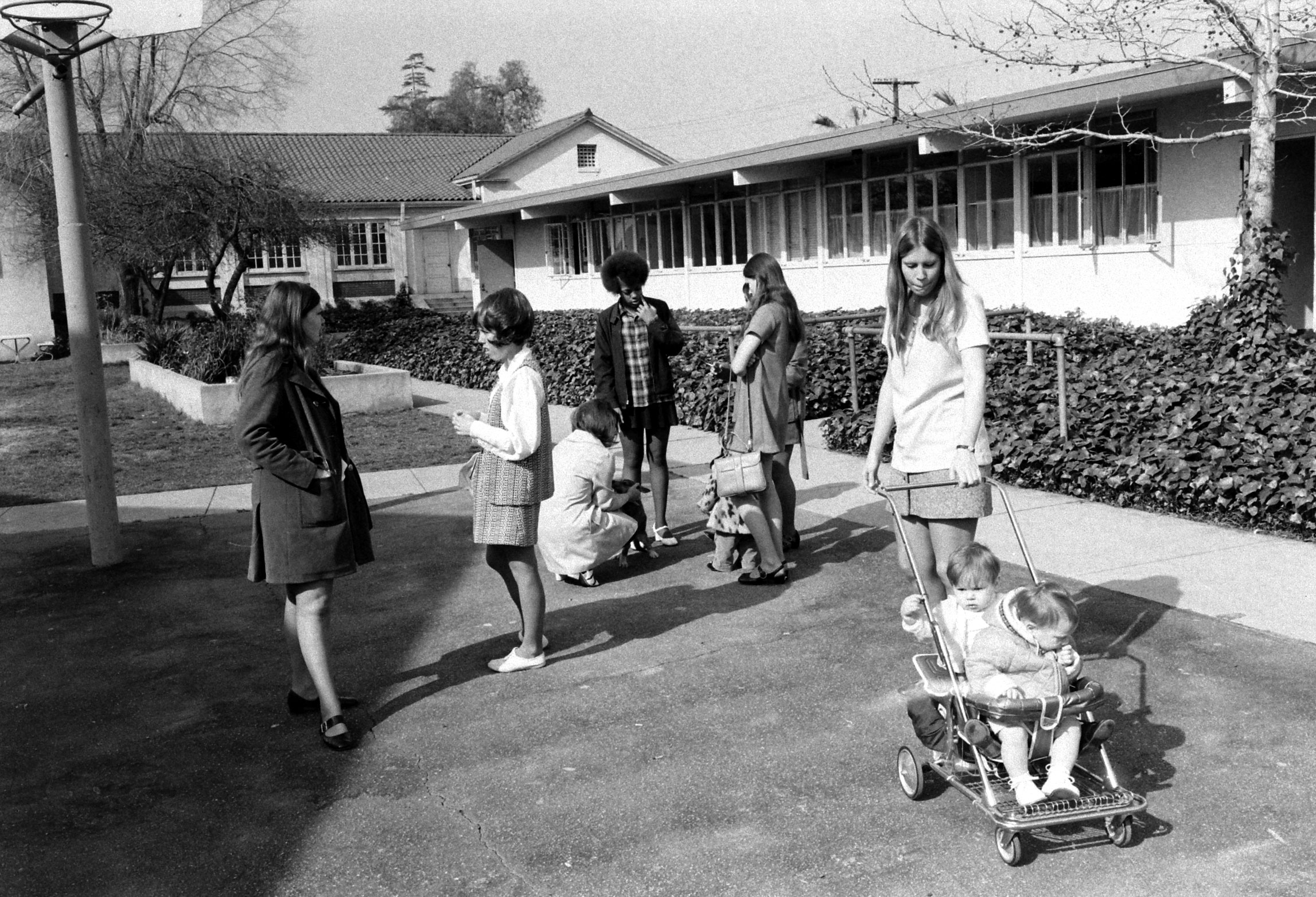
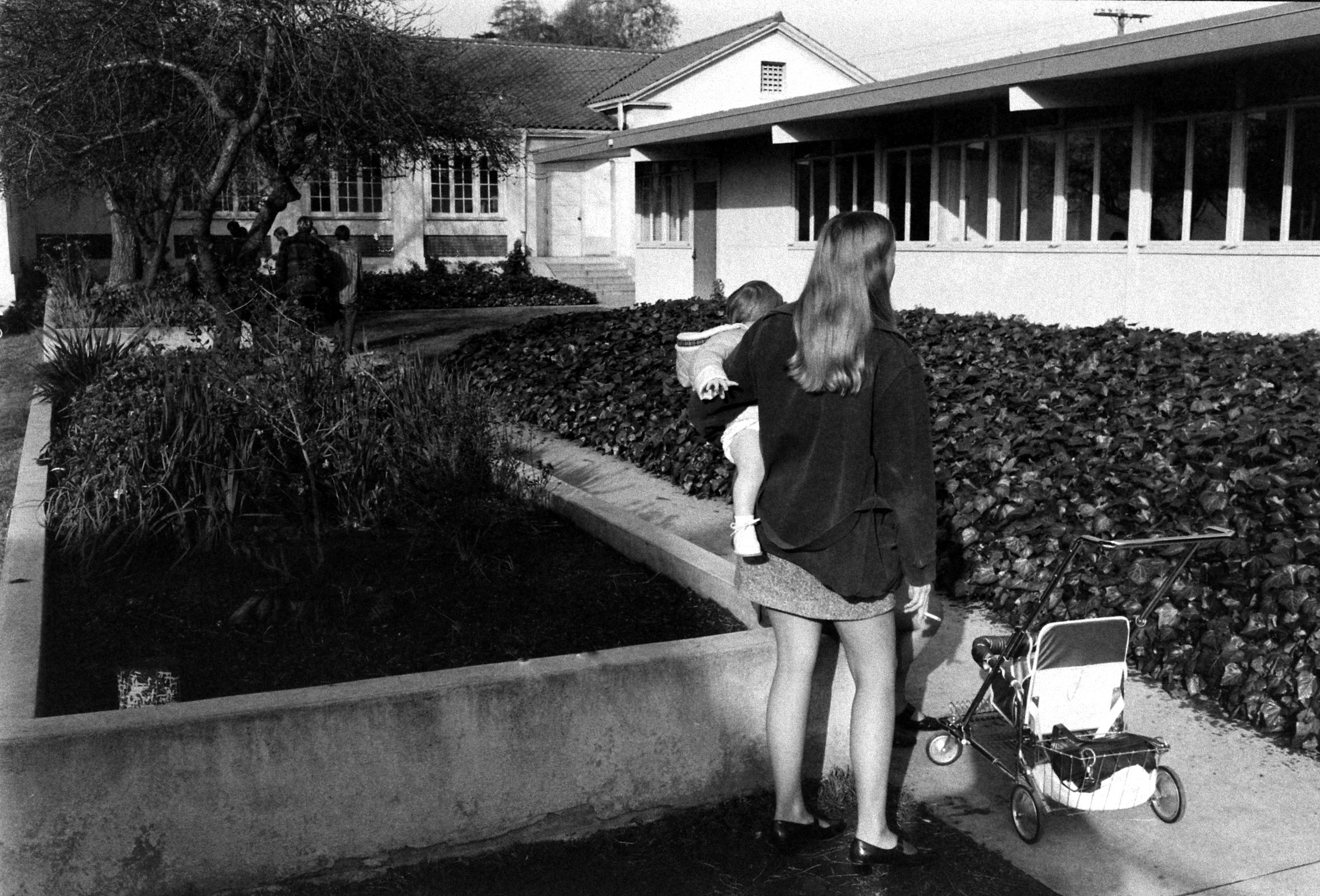
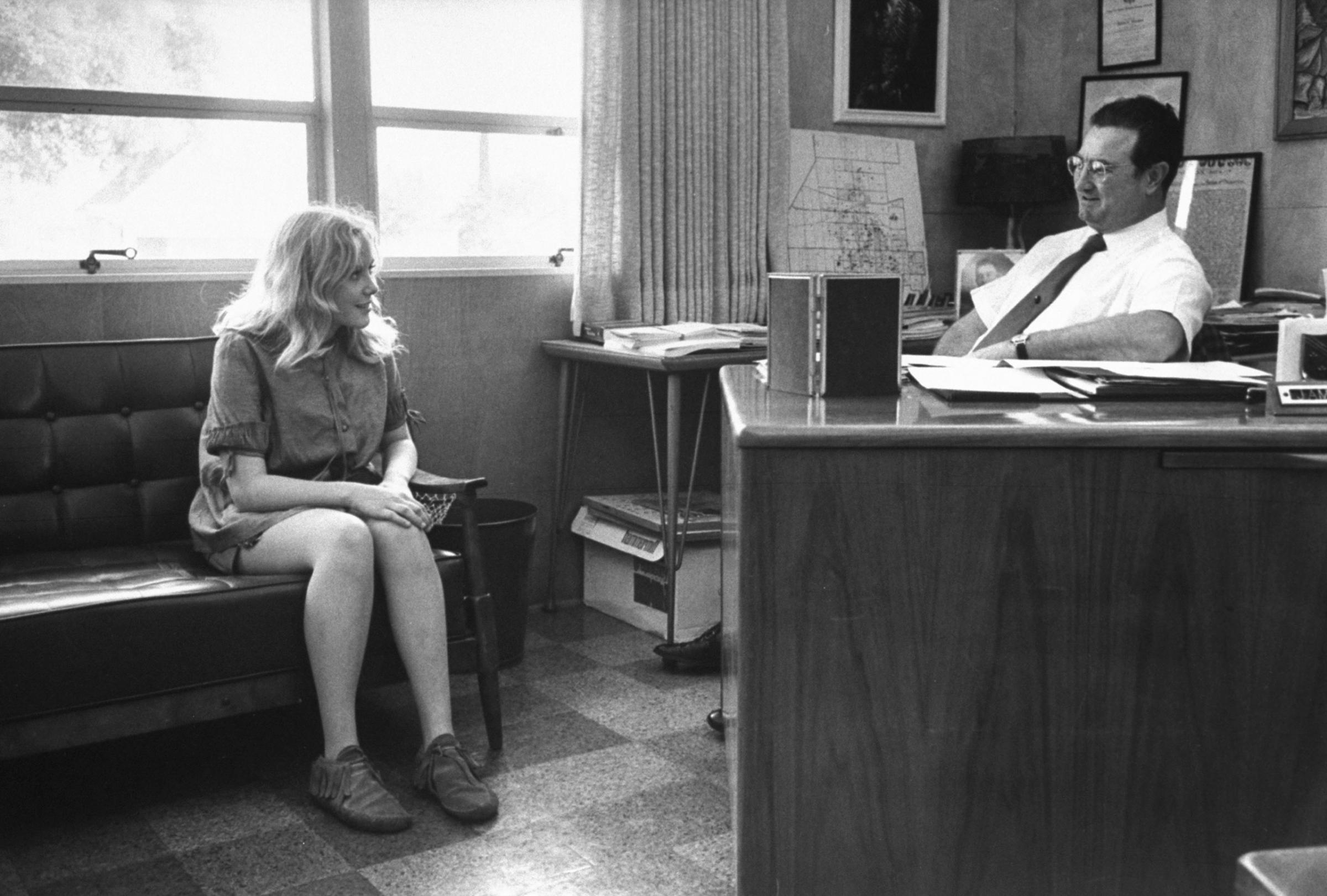
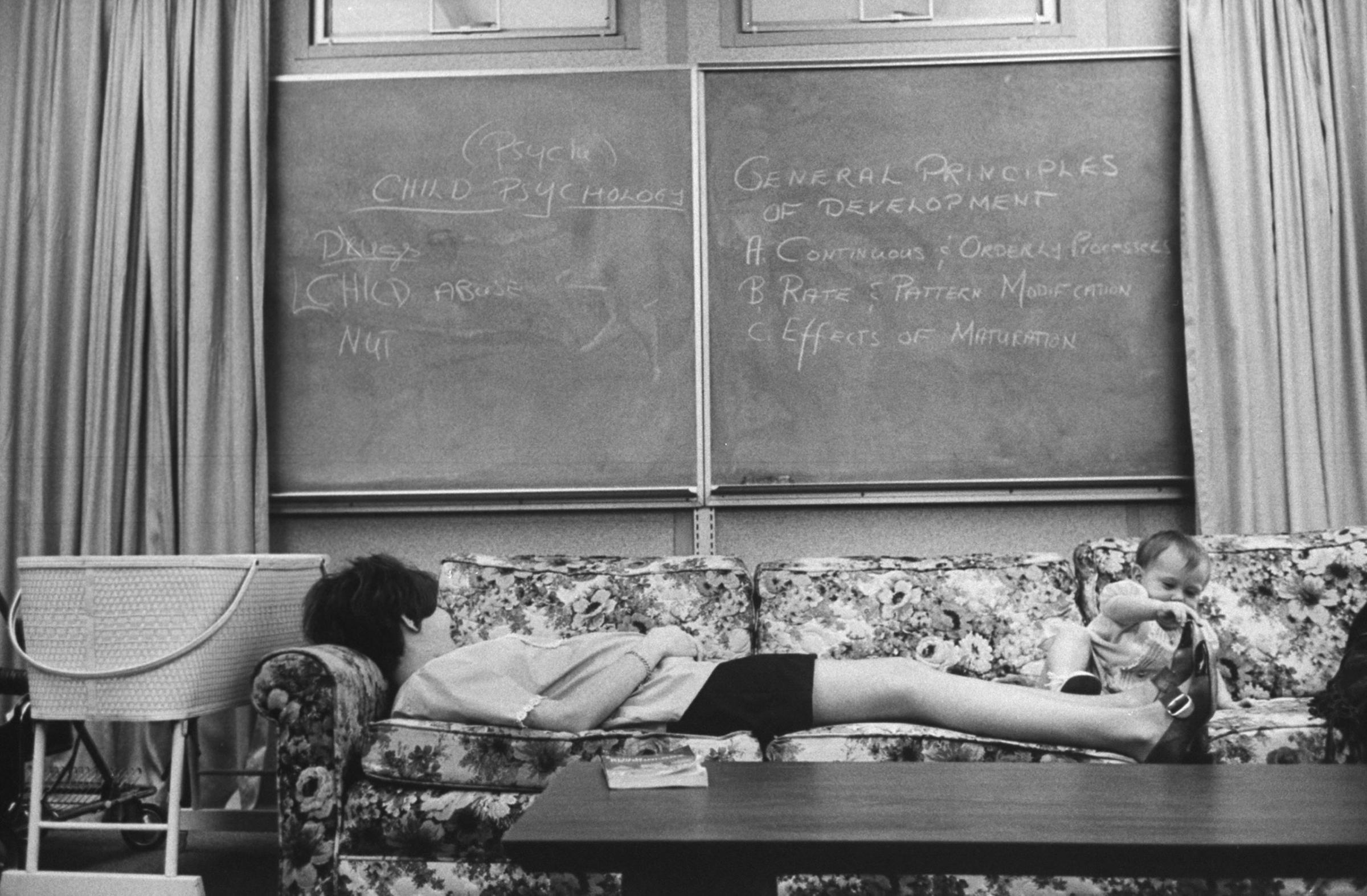
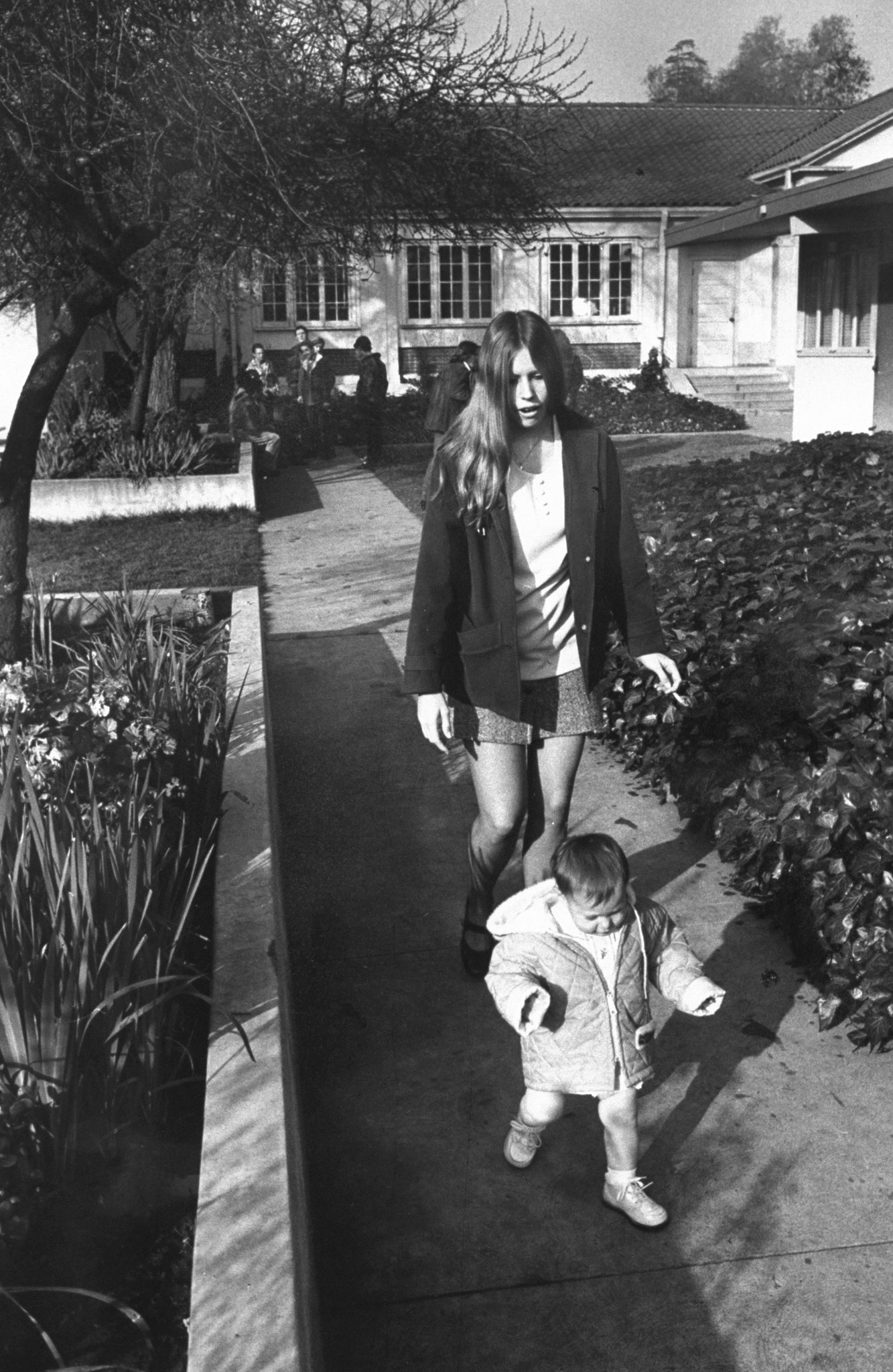
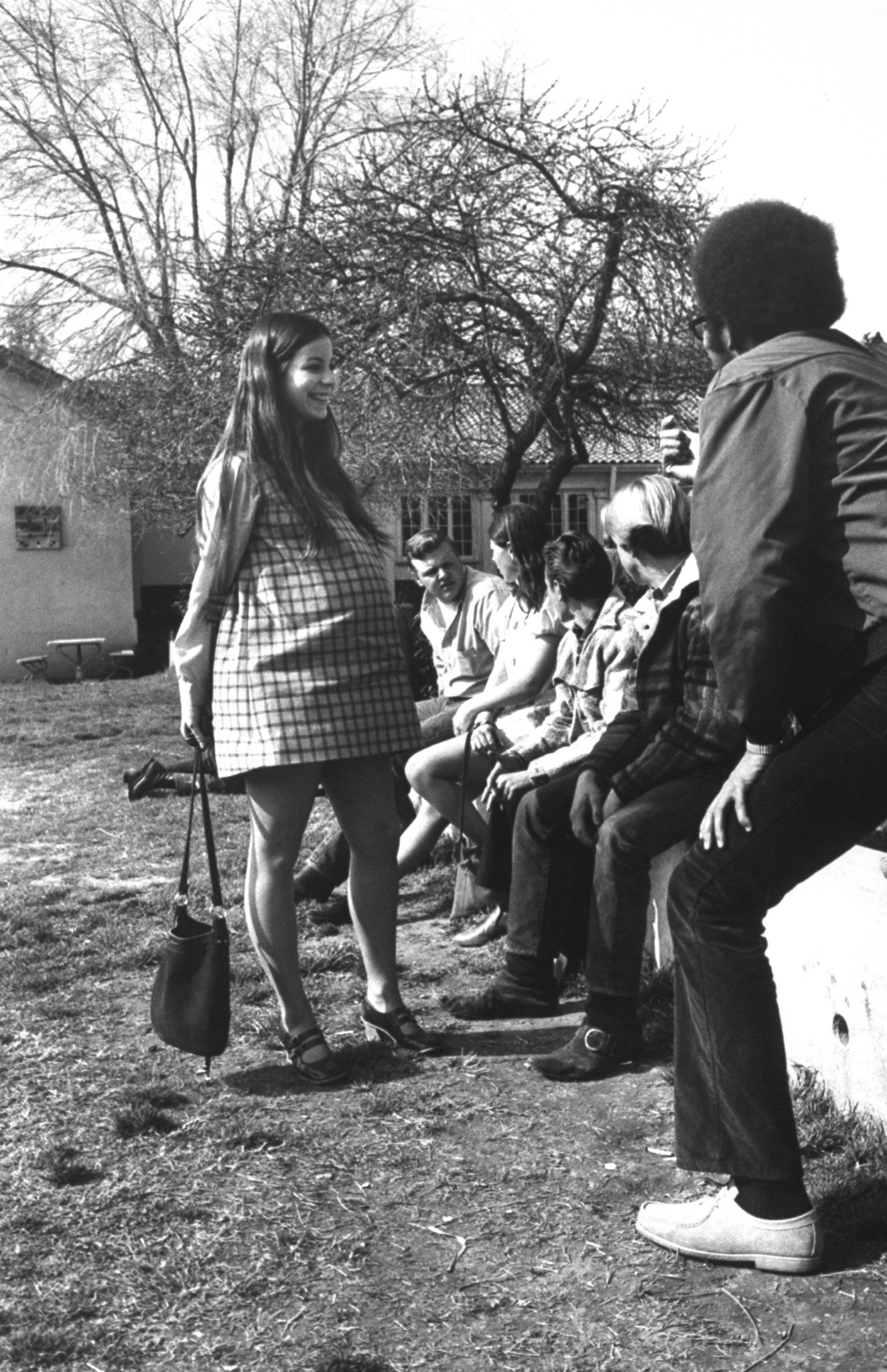


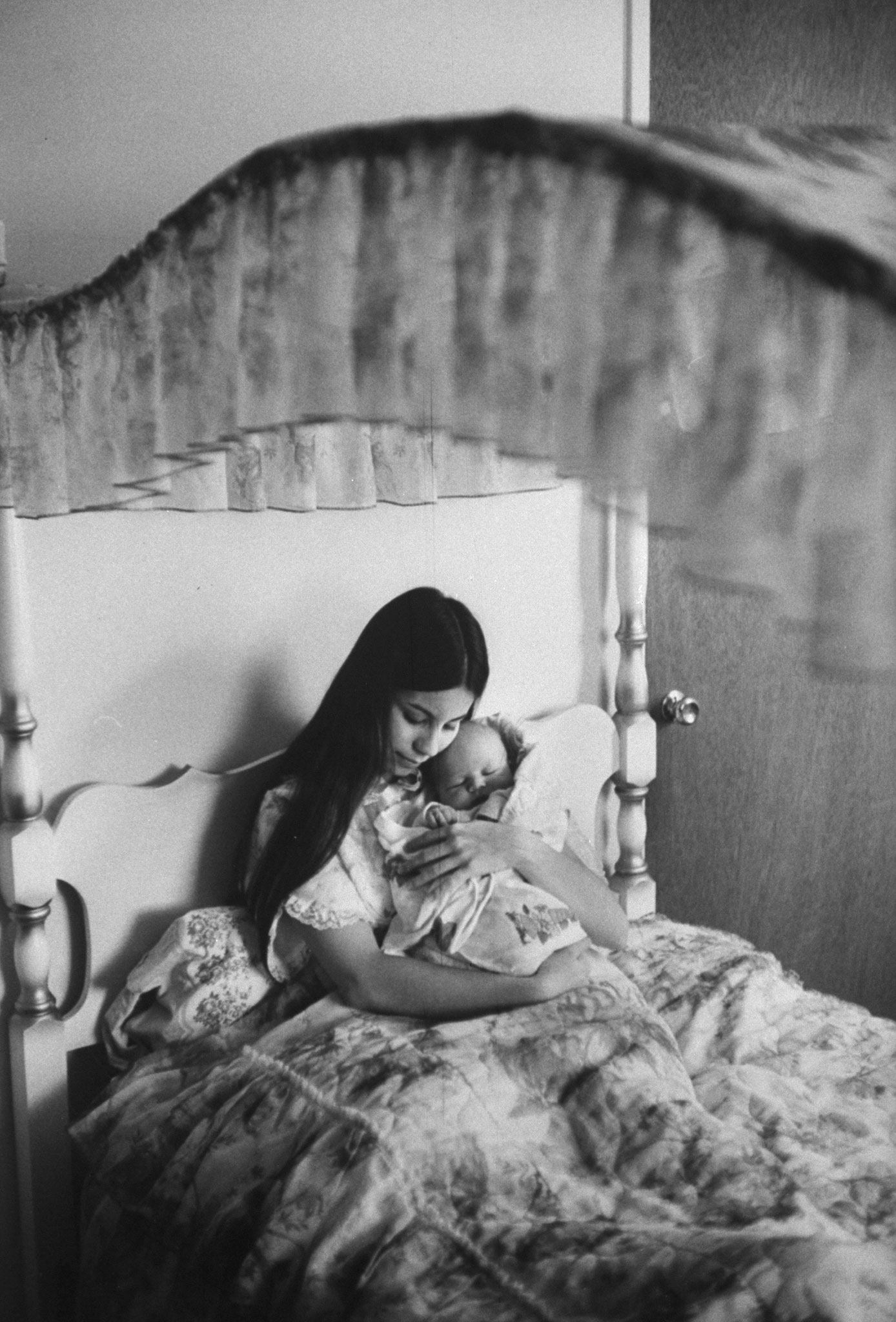
More Must-Reads from TIME
- Cybersecurity Experts Are Sounding the Alarm on DOGE
- Meet the 2025 Women of the Year
- The Harsh Truth About Disability Inclusion
- Why Do More Young Adults Have Cancer?
- Colman Domingo Leads With Radical Love
- How to Get Better at Doing Things Alone
- Michelle Zauner Stares Down the Darkness
Contact us at letters@time.com